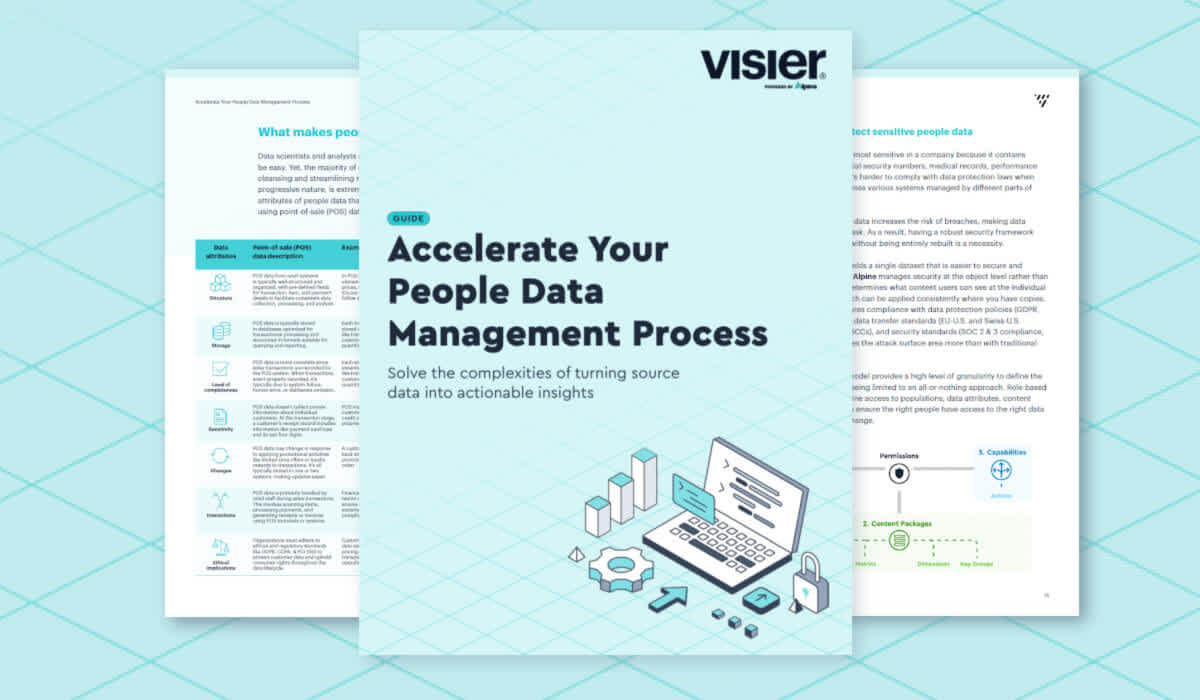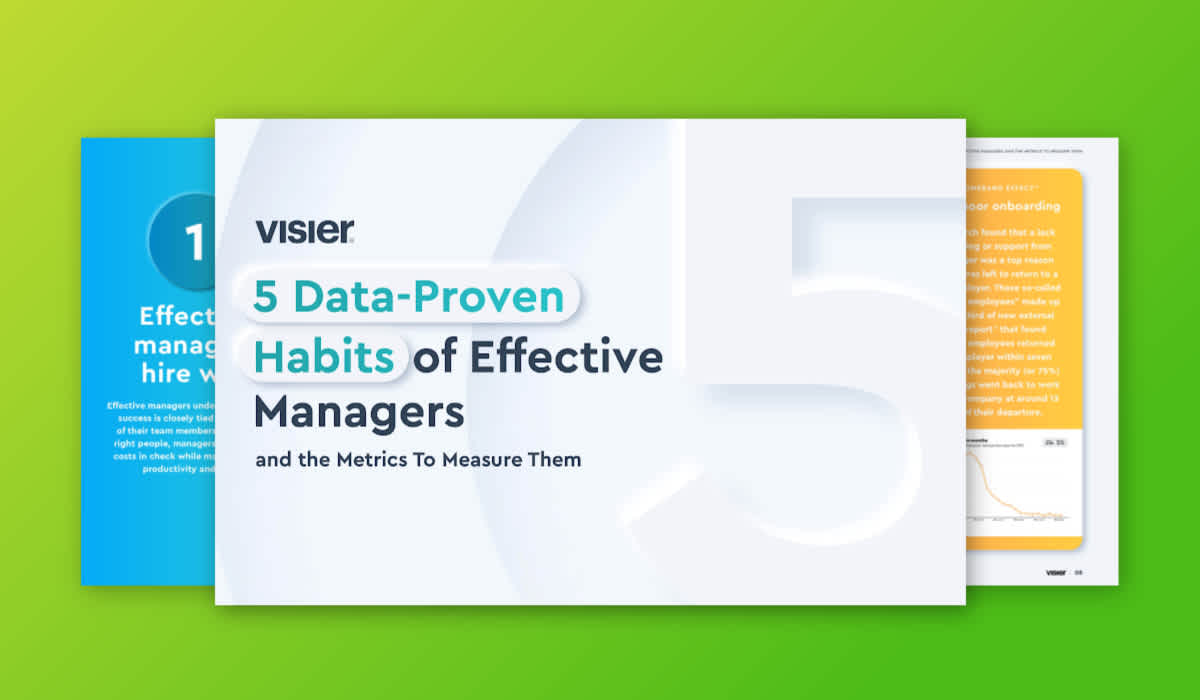Boo! Four Scary Employee Engagement Situations to Avoid With Better Survey Data Analysis
Here are four scary employee engagement situations to avoid, along with handy tips that can help you foster a motivated workforce.

Employees raising a publicized stink with the union over your rewards. Investing in workplace foosball tables and hammocks, only to get scathing reviews on Glassdoor. Getting a great employee engagement score, but discovering that 15% of your workforce spends half their day on non work-related tasks.
Yes, well-intentioned employee engagement tactics can backfire. But simply surveying your workforce for sentiment data once a year and getting a sleek report won’t give you the insights you need to avoid serious snafus. Here are four scary employee engagement situations to avoid, along with handy survey analysis tips that can help you foster a motivated and committed workforce:
Four Scary Employee Engagement Situations to Avoid
Situation 1: Your Employees Are “Engaged”….in Planning Their Next Vacation
Picture this: the latest engagement survey reveals that your company has an overall engagement score of 75% — well above the industry average! And yet, you are still behind on production, innovation is at an all-time low, and managers are complaining about people using work time to shop online.
The brutal reality is that there are employees who are happy simply because they can slack off. A study by the consultancy group Leadership IQ tied performance reviews to engagement levels and found that in 42% of organizations, low performers were actually more engaged than high and middle performers. A poorly designed engagement survey can mask productivity problems within your company.
The Fix:� The next time you are working with a third party survey provider or building your own survey, determine what is real “employee engagement.” It is not the same thing as satisfaction. When done well, survey questions focus on what really motivates high-potential people to remain with their employer, deliver innovative products, or go above and beyond in customer service. Make sure your questions reflect what really matters to your business.
Situation 2: You Are Rewarding Bad Behavior
Focusing on performance can be a great motivator for your workforce, but it also can bring unintended consequences. Too much pressure can lead to unethical behavior, particularly among managers. In fact, managers are responsible for 60 percent of workplace misconduct, while senior managers are more likely than lower-level managers to behave unethically, according to a 2014 National Business Ethics Survey. A culture of bad behavior can have a serious impact on employee morale.
Tip: As I wrote in this earlier post on ethics, to find out whether a particular manager is behaving unethically and if it is a widespread problem, make sure your employee engagement survey questions really drill into the nature of the employee / supervisor relationship. Including the following kinds of statements in the survey will help you capture employee sentiment related to manager ethics:
“I know what is expected of me when faced with an ethical decision.”
“I would be unlikely to report misconduct for fear of what might happen to me afterwards.”
“My manager wants me to achieve performance goals at all costs.”
If a particular manager is receiving low ethical conduct scores from two or more employees, it’s a sign they may need coaching. If two or more managers are getting low ethical scores from their reports, then you need to dig deeper into the data to find the underlying issue: Is it lack of training? Are we promoting the wrong kind of people? From there, you can develop a laser-focused HR program to address the problem.
Situation 3: You Spent $500,000 on a Survey and You Still Can’t Tell Your CEO Why You Have a Zombie Workforce
You can invest a lot of time, money and energy in developing an engagement survey and report. But at the end of the day, your CEO can still look at the results, shrug and say: “So what?” This lack of buy-in can prevent you from getting the resources you need to develop key programs.
For example, a municipal organization I worked with in a previous role spent $150,000 on an employee engagement report. But they couldn’t do anything with the results. This is because engagement was not linked to other critical indicators such as performance ratings, resignations, promotions, or instability of managers. When all of this information sits in silos, it is hard to delve into the WHY of problems and convince your executive team that they need to be addressed.
Tip: Connect your employee engagement data to things your business cares about, such as performance and profitability. If you see any red flags, you can drill deeper into the data to determine what is causing the engagement problem: Is it our approach to rewards? Do people feel they have a connection to the business? Are the right people being challenged by their work? From there you can develop (and get buy-in for) a targeted HR program that addresses the issue at hand.
Situation 4: You Drained Your Budget With Catered Lunches, Ping Pong Tables and Retention Bonuses…and Your Organization is Still Leaking Top Talent
When employee engagement tactics are applied without hard data to back them up, their results can be limited. Worse, budget can be wasted on engaging people who will never be motivated to go above and beyond for the business (see Scary Situation #1).
The fix: To avoid a “one-size-fits-all” approach to employee engagement, you need to identify which roles are critical. To determine what should be defined as a critical position, look at both the importance of the role and how easy it is to train people for that role. Ask yourself questions like:
What is the cost of mistakes in this role?
How difficult is it to replace someone in this role?
How closely is this role tied to the success of our business strategy?
Then, you can identify who within the category of critical roles is a top performer. It’s important — especially when unemployment rates are low and top performers are more likely to be headhunted — to ensure they are engaged and committed. If you see that a number of people within this group have low engagement scores, you can follow up to determine what is causing the issue, whether it’s career development opportunities or compensation, and target your investments appropriately.
Avoiding the Engagement Trap
Without a doubt, employee engagement is one of the top issues that is keeping HR up at night. But fostering a committed, energized workforce is about more than striving to earn an engagement score of 75. The more data you have from across your HR transactional systems, the more accurate the analysis, and the better your decisions will be. This way you can effectively ward off engagement nightmares by addressing the root causes. If you’d like to learn more about using data to drive engagement, read The Employee Engagement Hoax? What Every HR Professional Should Know.


